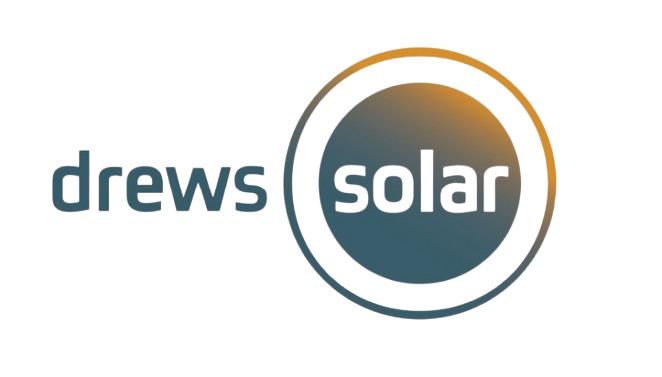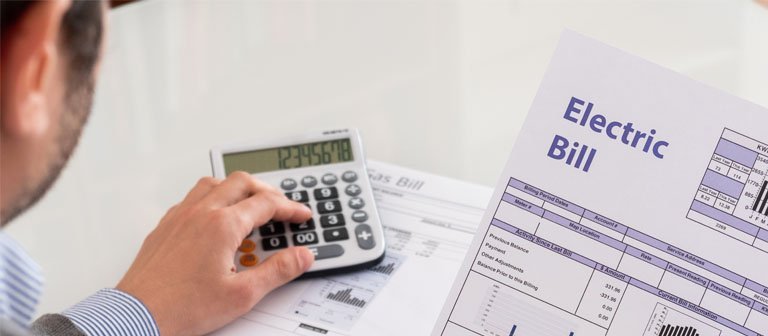In spring of 2023, both Madison Gas and Electric and Alliant Energy proposed changes to how they bill and meter solar customers. The proposed changes would have reduced the amount homeowners were paid for excess energy production pushed back onto the grid, increased the amount of time it took solar arrays to pay for themselves, and increased the unpredictability to bills after going solar.
To read about MG&E’s 2023 proposed changes to net metering, click here.
Over the summer of 2023, Alliant Energy and Renew Wisconsin (a major renewables advocacy organization) negotiated a compromise deal called the Power Partnership Version 2 (PP V2). Drews Solar worked with Renew Wisconsin in the creation of the compromise deal and supported the adoption of PP V2 as a fair alternative to net metering. While net metering remained the best option to incentivize the adoption of more residential solar in Wisconsin, PP V2 also paid homeowners fair compensation for their electricity overproduction and kept payback periods to a reasonable period, ensuring homeowners could continue to economically benefit from going solar.
To read about Alliant’s 2023 proposed Power Partnership Version 2, click here.
In November of 2023, the Wisconsin Public Service Commission (PSC), the state regulatory body in charge of approving any changes to utility rate and rate structures, rejected both MG&E’s proposal and the Alliant PP V2 compromise deal. the Public Service Commission spoke highly of PP V2 and the compromise deal reached by the utility and renewables, but ultimately decided more information, study, and a broader state-wide discussion about transitioning away from net metering was needed before approving any one utility’s proposed changes.
What does this mean?
-
It means that for 2024 and 2025, both MG&E and Alliant’s net metering policies will continue as usual. No changes are coming.
-
We expect that changes to net metering to occur sometime in the next decade. If changes do come, they would likely not be enacted until at least 2026, possibility significantly later.
-
Both MG&E and Alliant energy included long “legacy” periods in their proposals, meaning current solar homeowners could keep their rate structure for a significant number of years even after changes were enacted, protecting their investment in solar and their expected return on investment. We expect to see long legacy periods to be part of any future changes.
-
Future changes to net metering will likely be measured, fair, and backed up by data. The Public Service Commission expressed desire to have a clear, understandable, and fair rate structure if utilities were to transition away from net metering, and are willing to take the time needed to make sure changes are done correctly and protect residential rate payers and solar homeowners.
We celebrate the continuation of net metering and are encouraged by the Public Service Commission’s comments about the PP V2 proposal. We hope that if there is a transition away from net metering for some Wisconsin utilities, that a fair compromise solar rate structure will be put in its place.

